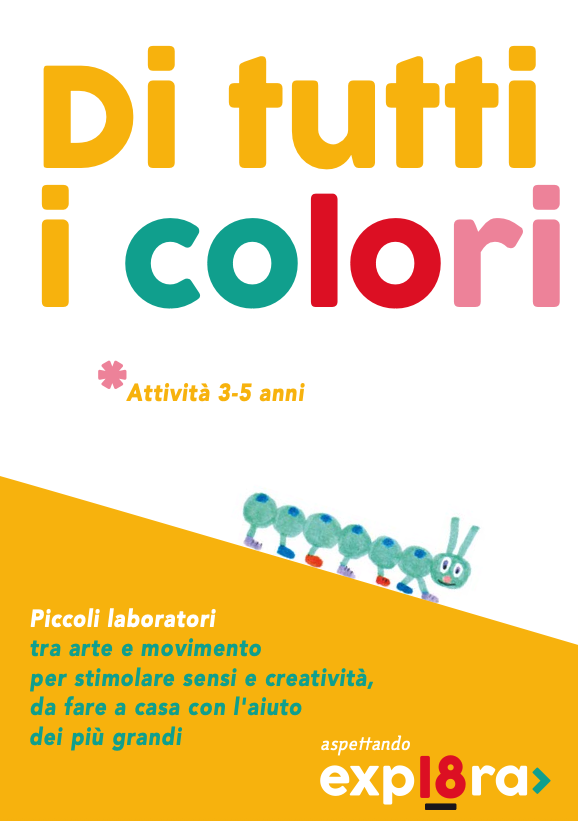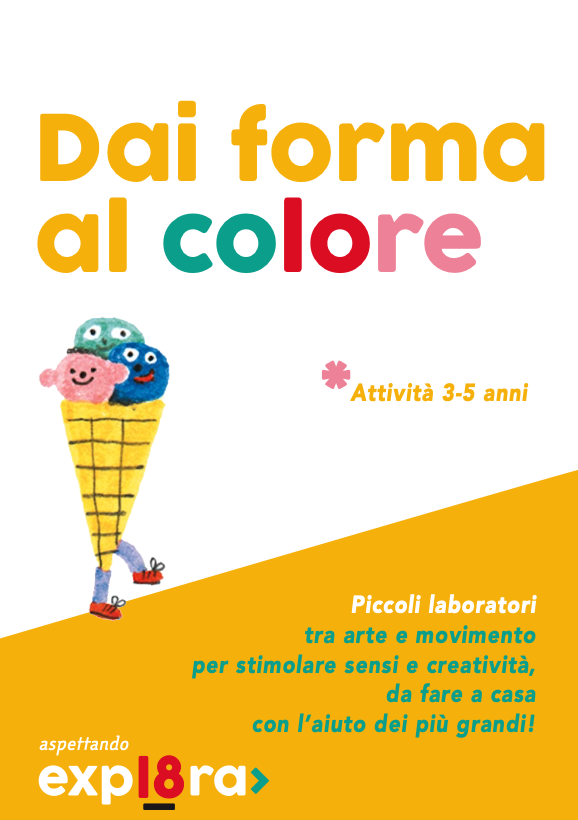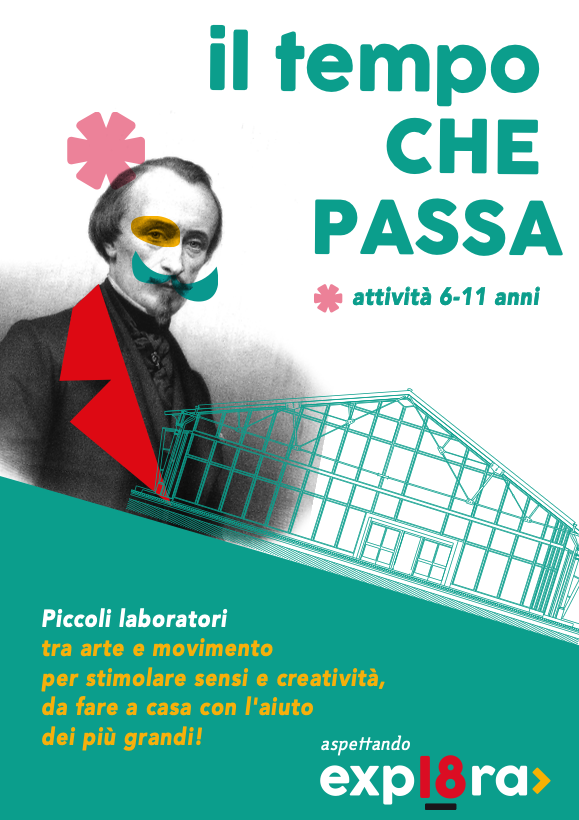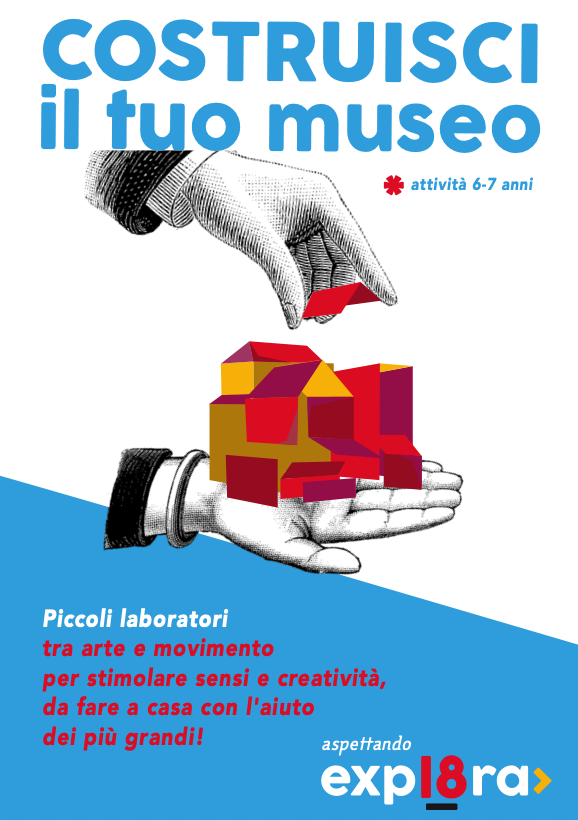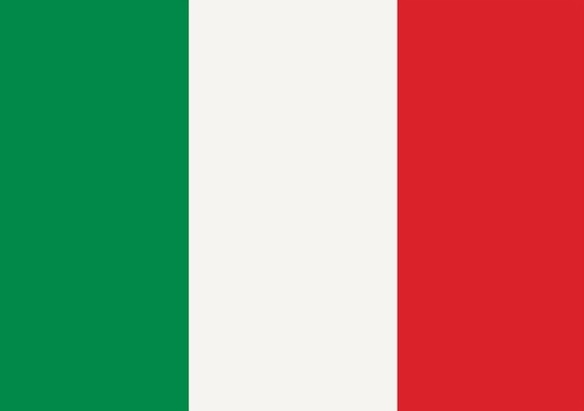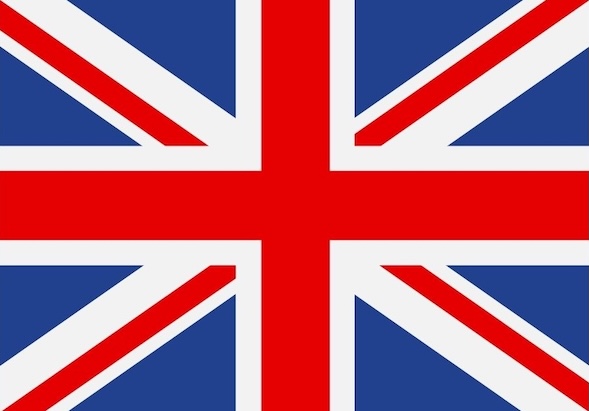Listen to the audio
The place where Explora was built has over 2,000 years of history and is a coexistence of architecture, archaeology, restoration and new technologies: transformations due to the passage of time and the succession of culturally different eras have made the museum area a heritage of discoveries.

Ancient Rome
How many of us have heard of the roads of Rome? Complex engineering works that allowed a small town built on the Palatine Hill to become the capital of the Empire and expand to the then known borders.
A unique and fundamental road system that connected the most important cities, linking a vast multicultural fabric. These were clever and durable constructions made up of four layers of stone, sand, pozzolana and large paving stones.
Explora overlooks one of Rome’s ten consular roads, the ancient Via Flaminia, which takes its name from the censor Caius Flaminius, who began its construction at the end of the 3rd century BC (223 or 220 BC).
Known in the time of Augustus as Via Lata, renamed Via del Corso in the Middle Ages, this long straight road connected the current Piazza Colonna to Ponte Milvio and then, continuing northwards, the consular road linked Rome to Aliminum, now Rimini.
Five metres separate the ground of Explora from the consular road below, metres that represent the historiographical and stratigraphic process that divide our century from Ancient Rome.
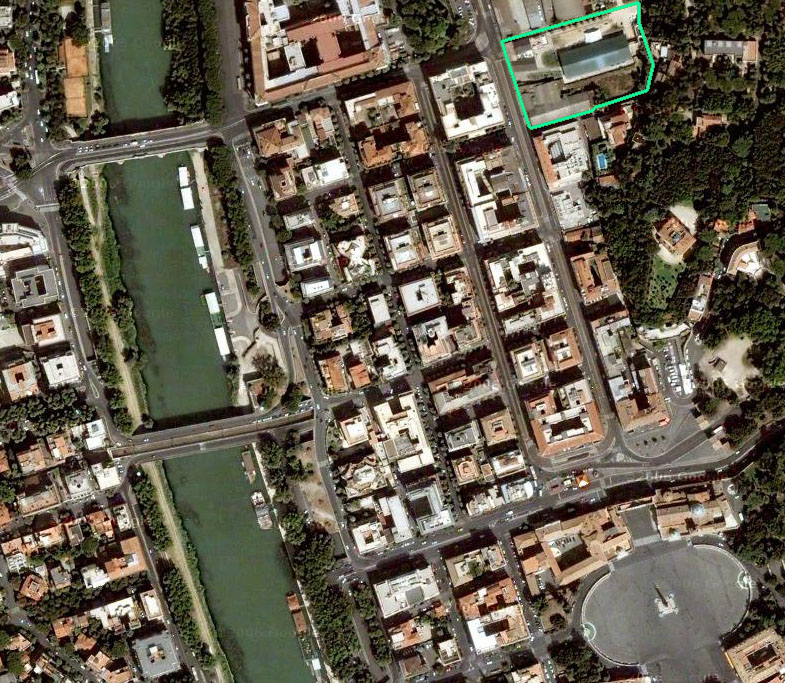
Evidence of the vitality of the place in the early centuries after Christ is provided by historical elements dating back to Ancient Rome: during the restoration of the museum entrance building, a travertine capital with Roman volutes was found embedded in the masonry, which must have originally been above the shaft of an Ionic column, perhaps from a temple. Of exceptional workmanship, the capital was used in the Middle Ages as scrap material, a very common practice in those centuries, and the element was therefore recovered to be reused as decoration for a portico.
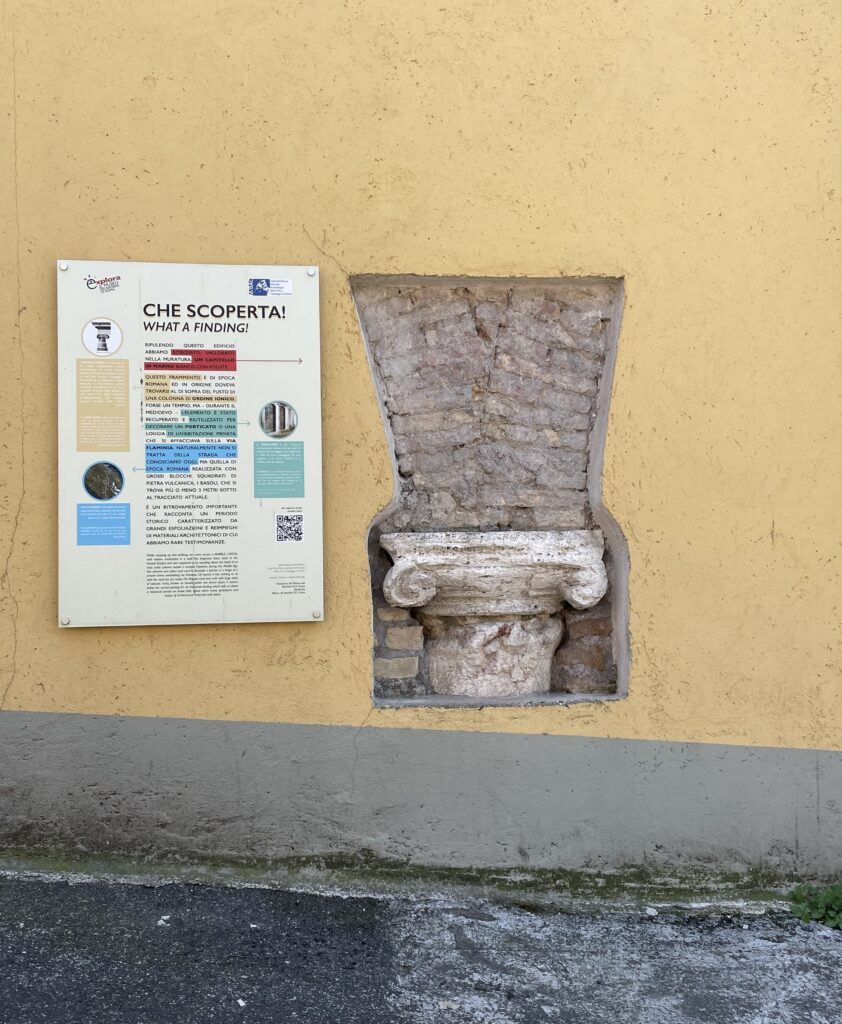
19th-20th centuries
Between 1800 and 1900, the museum area was affected by the construction of shelters for horses and carriages. The first tram line connecting Piazza del Popolo to Ponte Milvio was established in 1877. Thanks to its strategic geographical location, the area became a depot for horse-drawn carriages, known as ‘omnibus’.
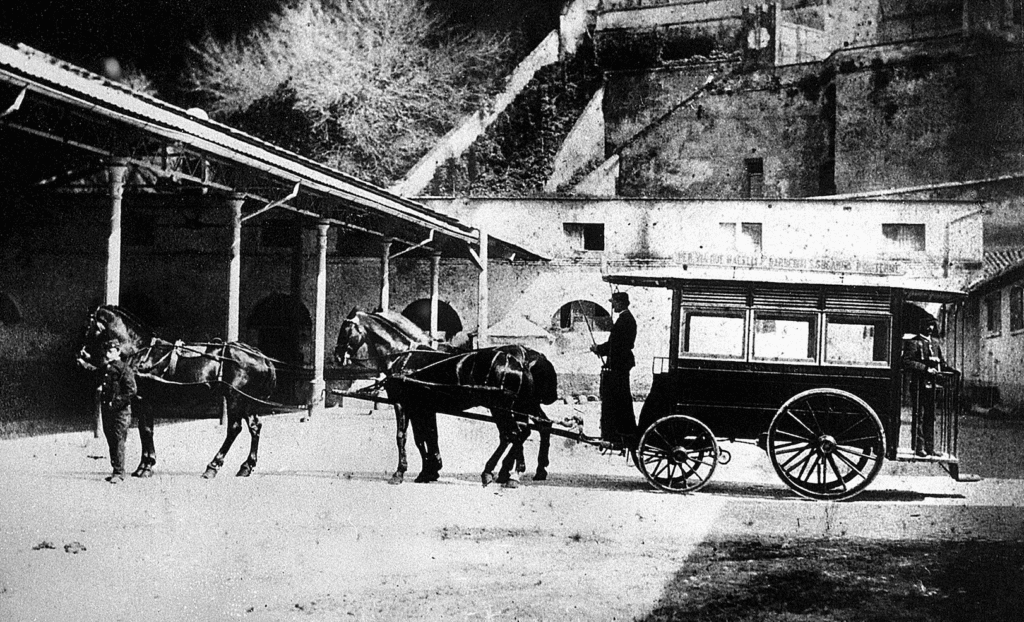
The spread of electric trams in Rome in the 1930s led to the gradual disappearance of omnibus buses, and the structure of the current exhibition hall was used as a depot for electric trams.
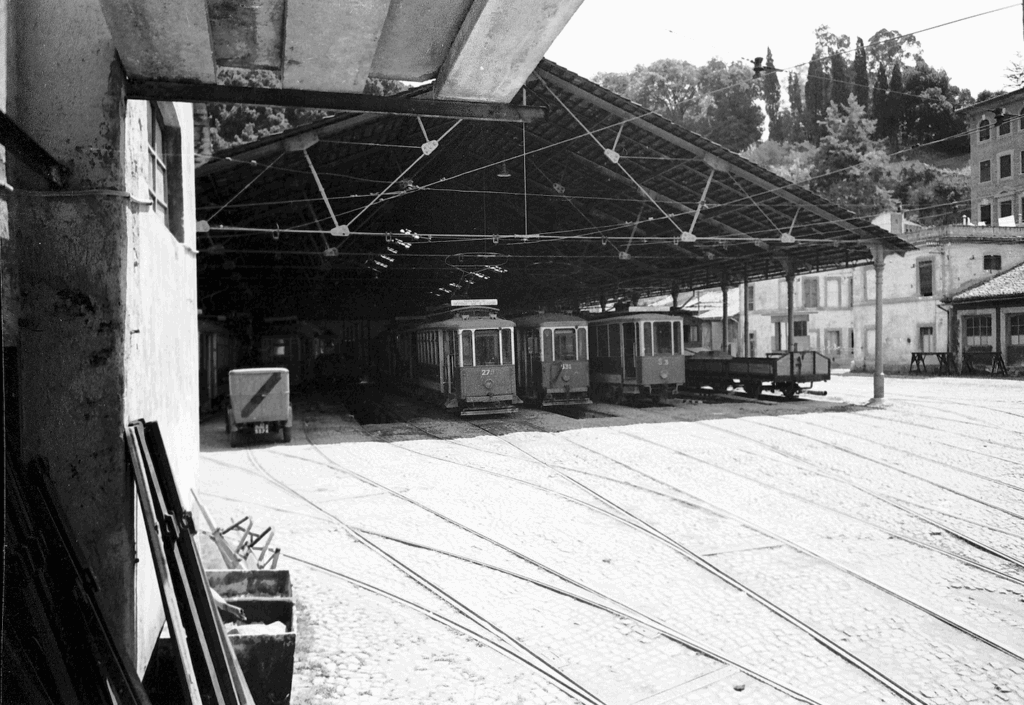
It was only later, in 1973, with the transfer of most of the tram lines to road transport (buses), that the tram depot was converted into ATAC pneumatic depots. In 1998, when work began on its conversion into the Children’s Museum, the former depot area was in a state of abandoned.
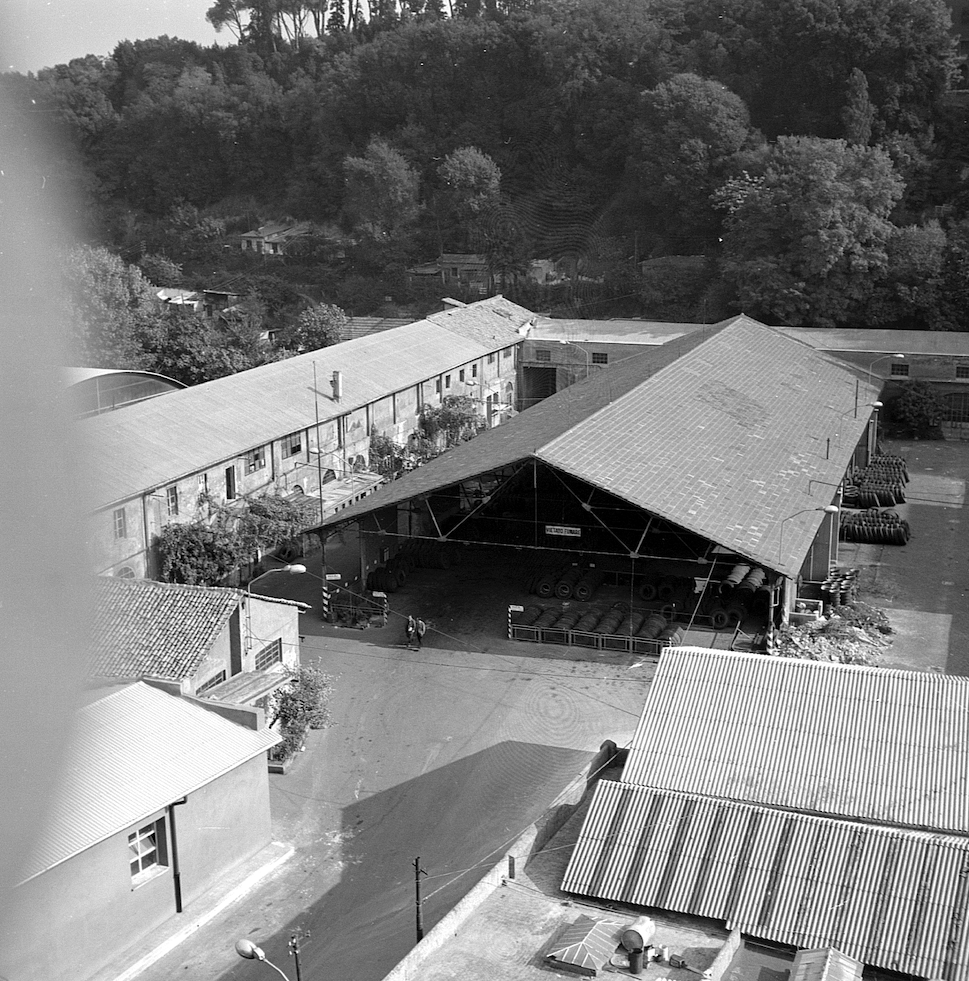
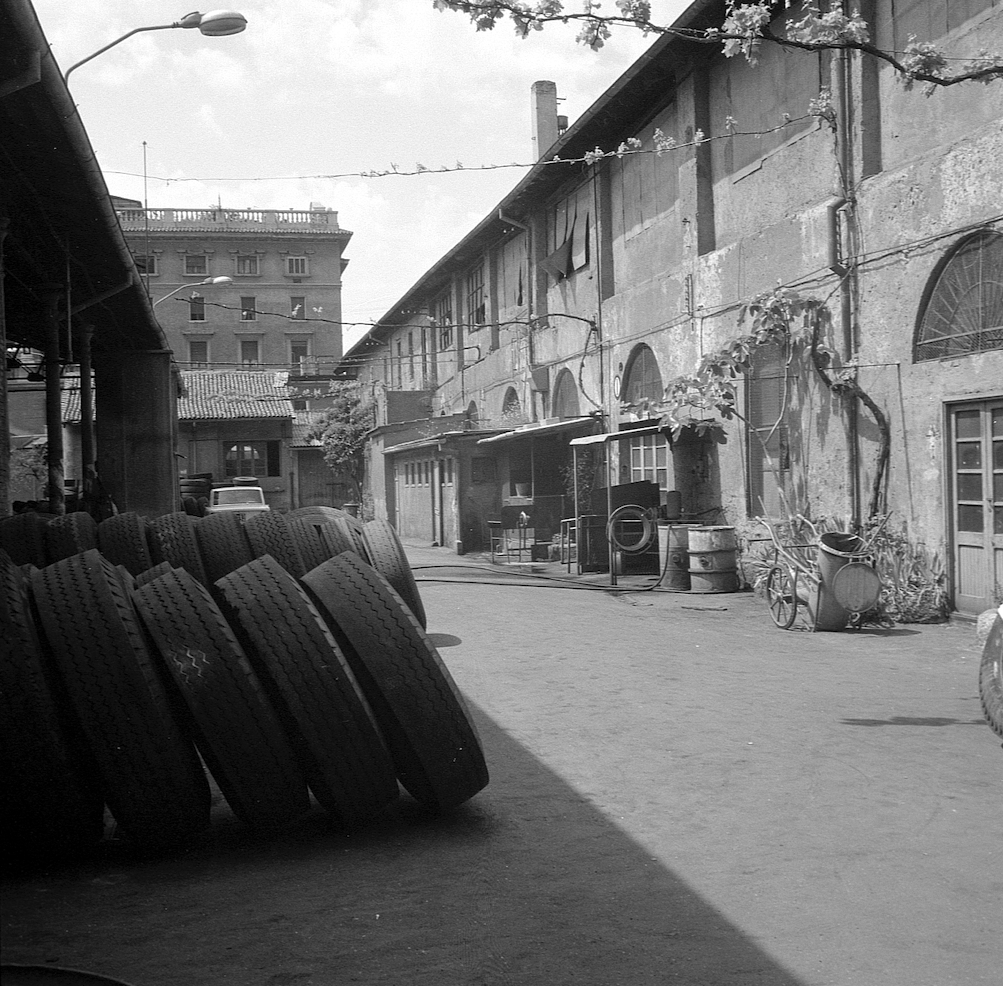
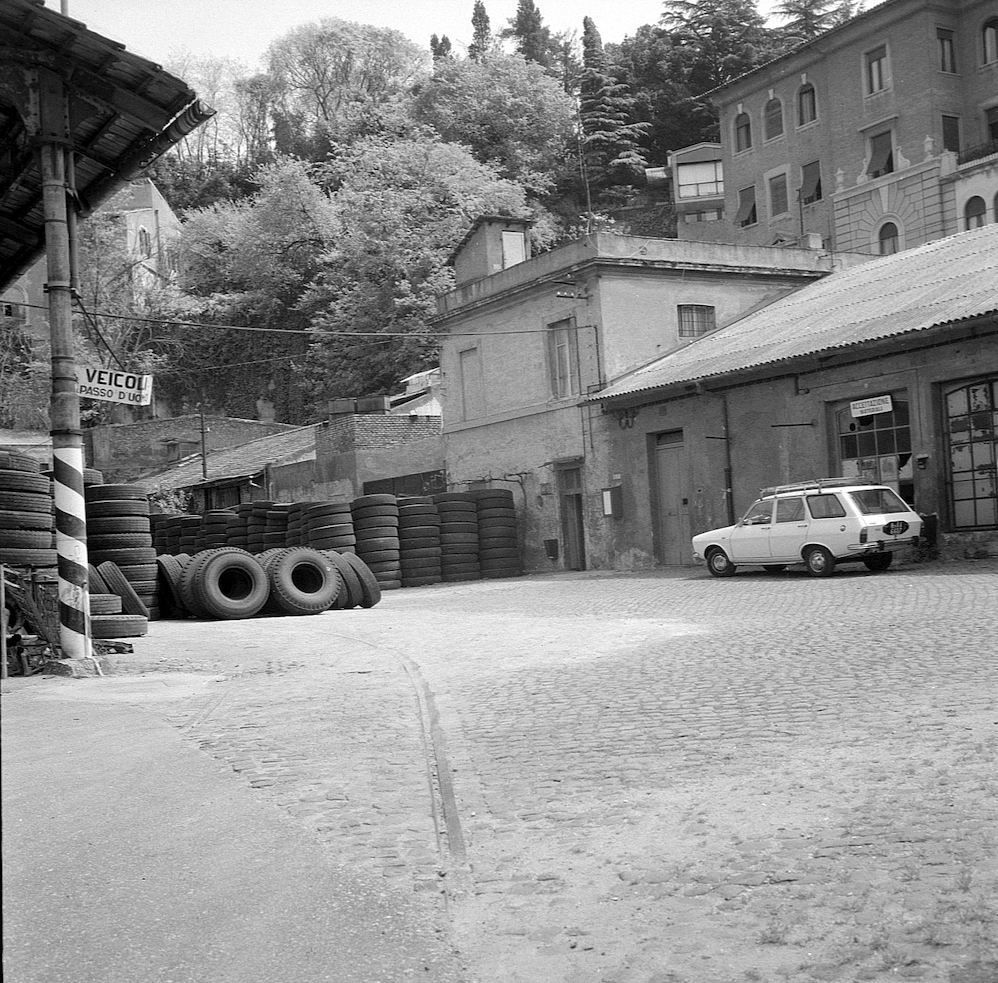
The recovery since 1998
The buildings, interesting examples of industrial architecture, have undergone progressive redevelopment over time. The undisputed star is the main cast iron structure, which has been undergoing restoration and adaptation for exhibition purposes since 1998. The design, patented by French engineer Camille Polonceau, a contemporary of Eiffel, has been preserved in the 26 cast iron columns and the truss, known as the ‘Polonceau truss’.
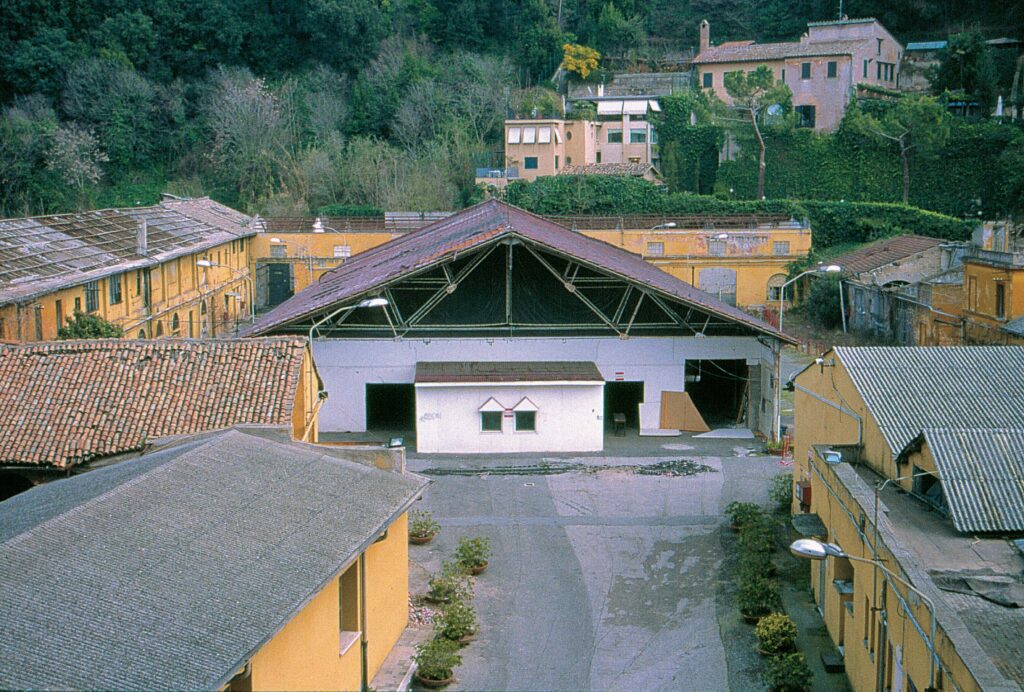
Architects Adriano and Fabio Pagani oversaw the architectural redevelopment project. Architects Cinzia Abbate and Carlo Vigevano supported the redevelopment project with an architectural integration of the photovoltaic system. Both interventions have created an exhibition pavilion characterised by large glass walls and a skylight roof, a transparent space in harmony with the outside that showcases the recreational activities taking place inside.
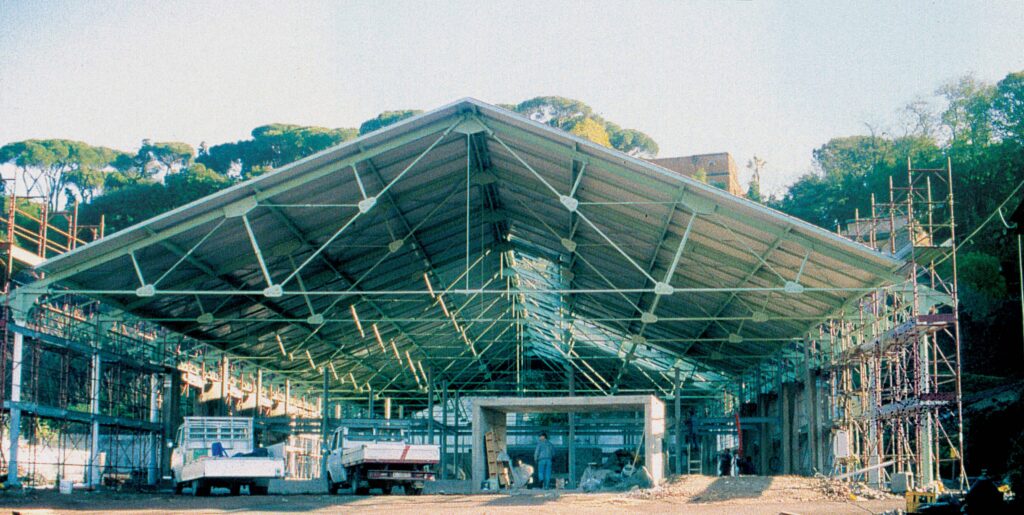
Later, an enchanting decoration inspired by the world of fairy tales was added to the perimeter wall of the structures adjacent to the museum: a project using recycled materials by Mook, which can still be admired today from the garden.
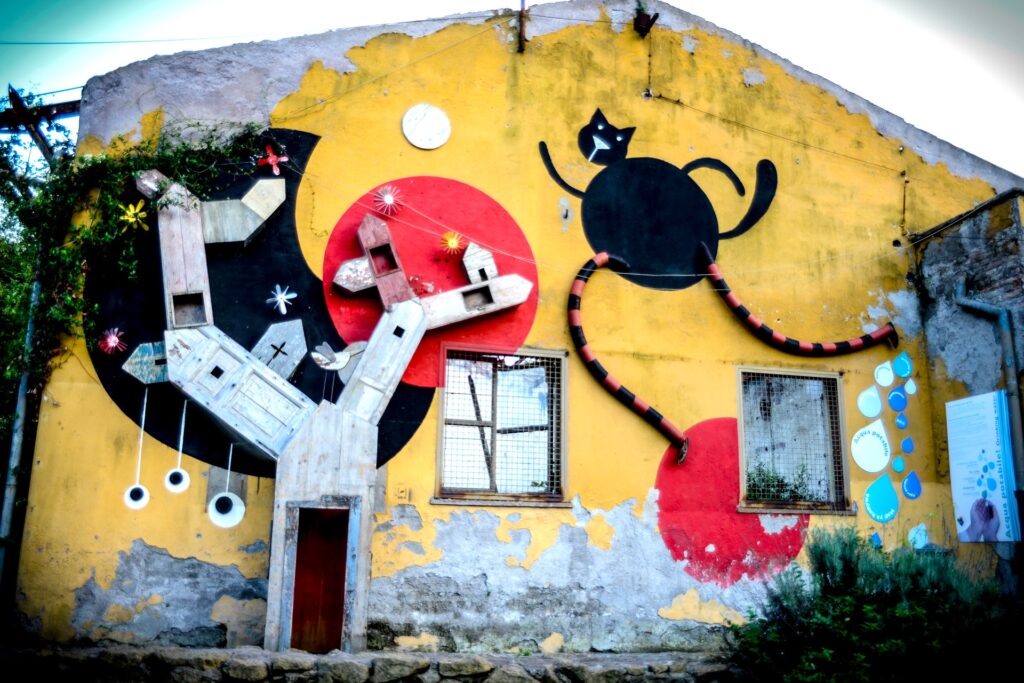
The Children’s Museum in Rome officially opened to the public on 9 May 2001. The name Explora was chosen in collaboration with children and families who, in 1999, preferred it to a list of other names.
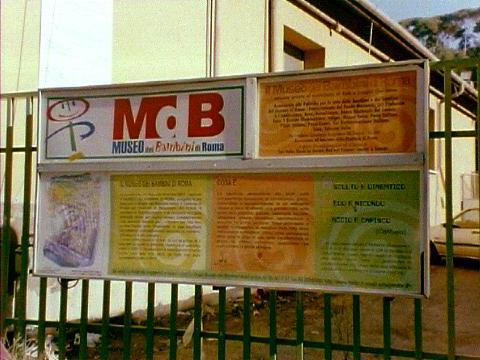
The Explora 18 project

These texts were produced thanks to Explora18: Explora’s first 18 years between industrial heritage, craftsmanship and new technologies, a project created to celebrate Explora, open to the public since 9 May 2001, promoting its space as one of the ‘places of culture’ for the entire region, a heritage returned to the city of Rome.
The project was designed to celebrate the first 18 years of Explora, the first private non-profit Children’s Museum in Italy, which since its inception has always come up with new ideas dedicated to science, art, music, the environment and new technologies. These initiatives have always been accompanied by activities for children and families, schools and the wider community surrounding the museum, focusing on workshops, tours and temporary exhibitions that are constantly updated.
The project has resulted in a section of educational resources linked to three macro themes: colour, architecture and history. These include four e-books dedicated to all children who want to discover and experiment with artistic, scientific and technological themes.
